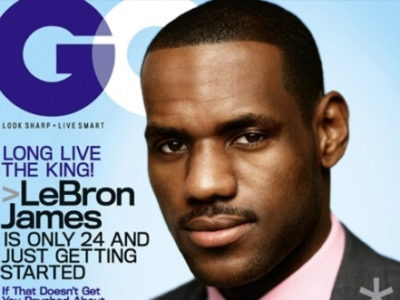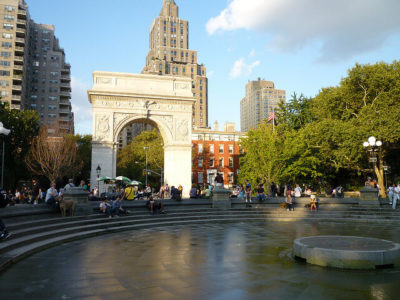A faux pas is defined as a violation of accepted social norms. Most people view the term as something negative, often connoting it with something you should never ever do because the cool kids from middle school may shove you in a locker for it. As a society, there is no question we’ve decided that faux pas are bad, perhaps even evil. I mean, did you see what she was wearing? Just ew.
But when society makes a call, it is up to the opposition to emphatically stamp their feet in protest and throw up that red challenge flag. This is, after all, the basis of counter-culture – a series of interrelated faux pas that combine to counteract what is established by the norm. I’m looking at you, Jack Kerouac worshippers, AOL e-mail address users and Lady GaGa.
But I’m mostly looking at fashion in sports. Sports and fashion are two things that sometimes go together, and other times make absolutely no sense. The NBA is a particularly interesting case study for this, especially when taking into account supreme lord David Stern’s beef with how his employees play dress up.
Following the infamous 2004 Pistons-Pacers brawl, Stern implemented a mandatory league-wide dress code with the intention of fixing the league’s image problem. The code required all players to dress in “conservative or business” attire when attending games, interviews or any other NBA-related event, in effect banning many popular articles worn by players such as jerseys, jeans, excessive jewelry, do-rags, boots and sneakers.
Many players and league affiliates reacted rather negatively to the new implementation, some going as far as to say the rules, which antagonized styles popular within African American hip-hop culture, were offensive and racist. Allen Iverson was quoted as saying “the dress code is not who I am and does not allow me to express myself.”
Yet, despite the restrictions, it’s clear that a fair amount of NBA players have found their fashion niche over the subsequent years. Whether it’s been Kevin Durant’s backpack, Amar’e Stoudemire posing as Brother Mouzone or LeBron James sporting a handbag the size of a pack of Q-tips, there have been some rather interesting styles rocked around the Association.

But to say that something like Durant’s trademark backpack is a faux pas, however, would probably be inaccurate. While he is certainly forging his own path in terms of fashion, it is not necessarily a path that’s been approved or disapproved by the NBA style community at large. It’s simply a unique choice in flavor that no one has ever tried before, not too unlike that blue–colored flavor at Cold Stone Creamery.
When considering cultures surrounding certain sports – particularly the NBA’s tumultuous yet inevitable relationship with styles of hip-hop – can we really be objective about what should and shouldn’t be worn? If so, is this objectivity immoral? When Dwyane Wade and LeBron suddenly look like they’re auditioning for the character of Jamal Wallace in Finding Forrester, are we supposed to be amused? Concerned? Unfazed? Has the longevity of the dress code perpetuated styles that aren’t authentic to that of the NBA, let alone the individual players? Are we even supposed to care?
Maybe, maybe not. All I know is that the clothes make the man. And judging by his five-inch handbag and lack of ring, Lebron is clearly not a man.***
**Yes, that last sentence was a stretched metaphor that had little to do with the actual article. But boom roasted, Mr. James.



















